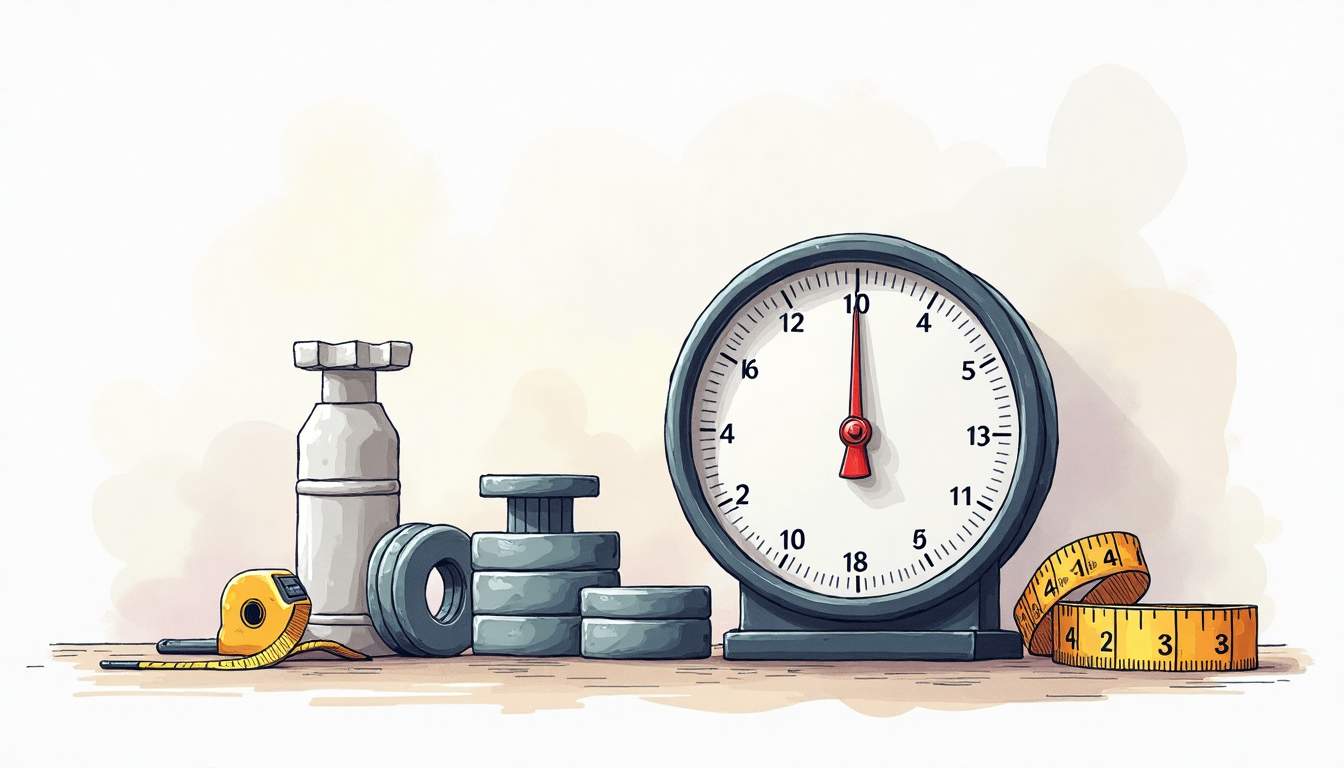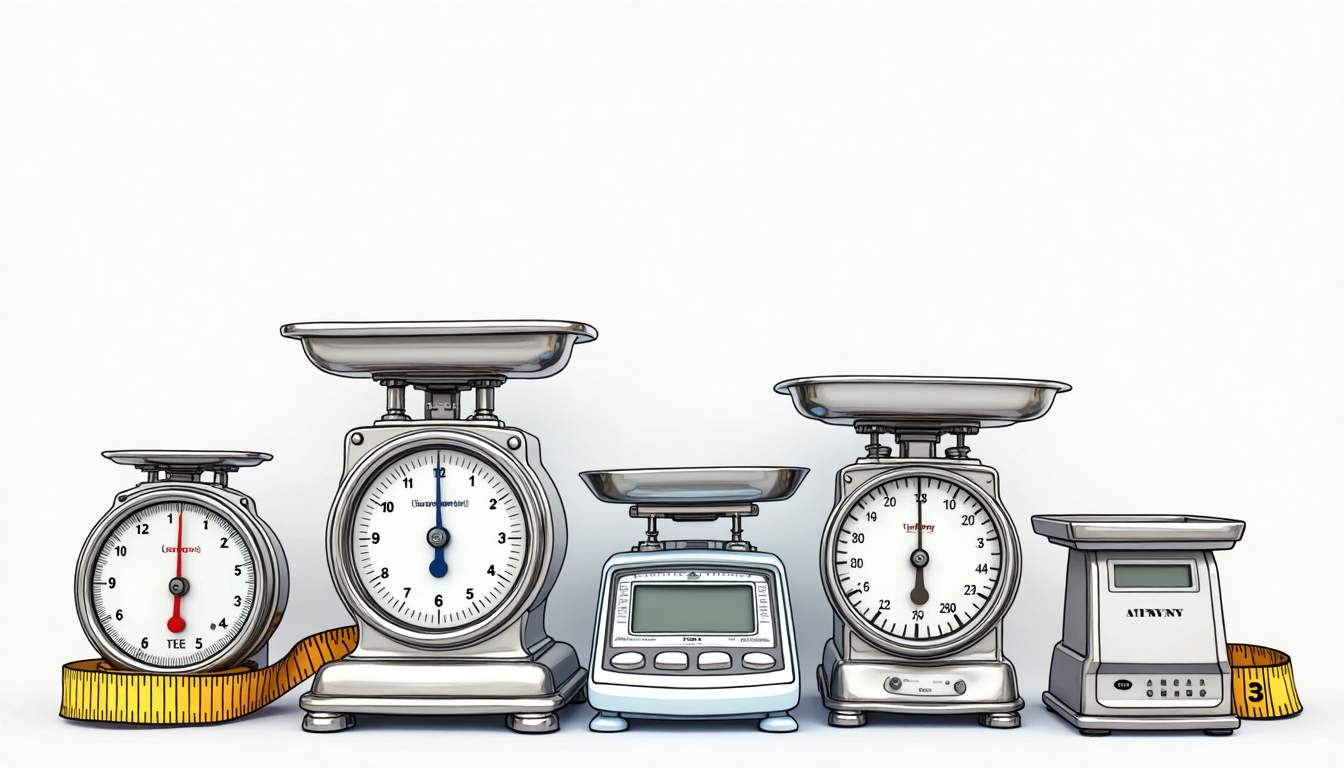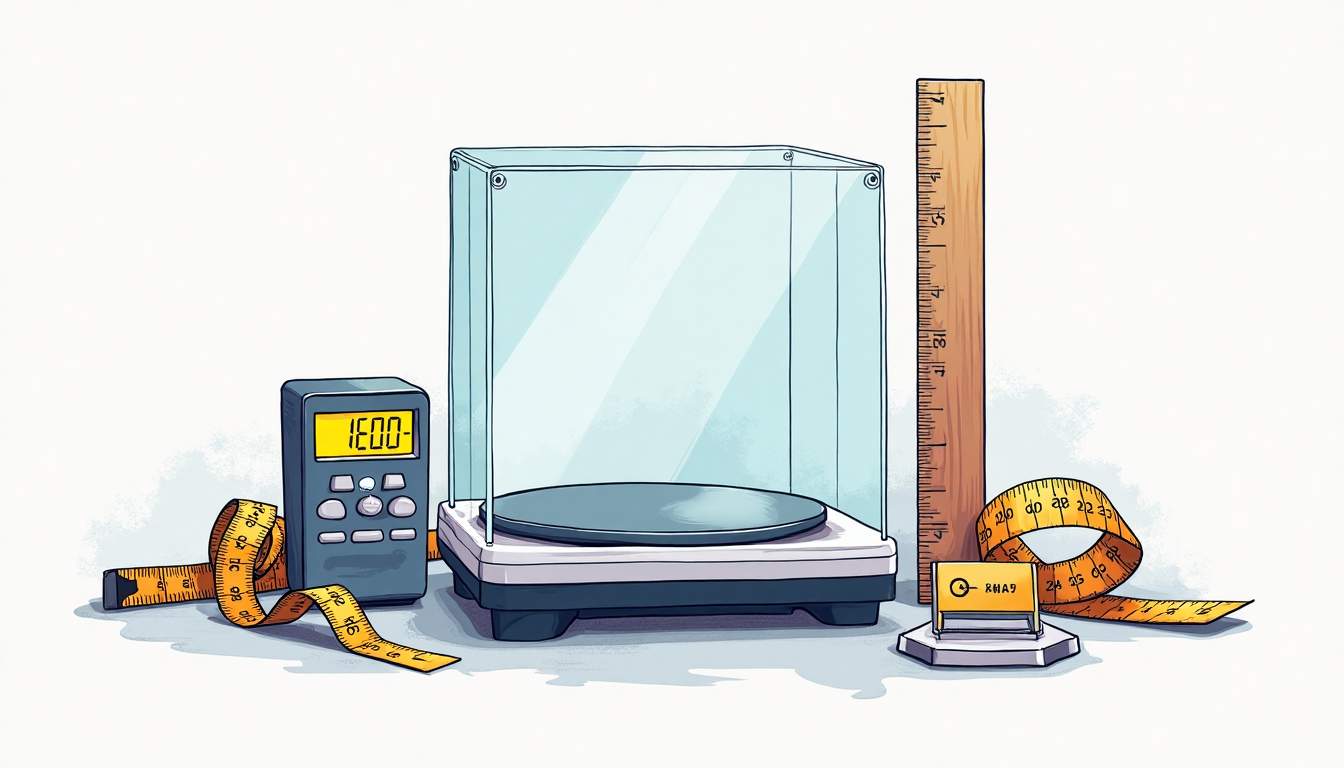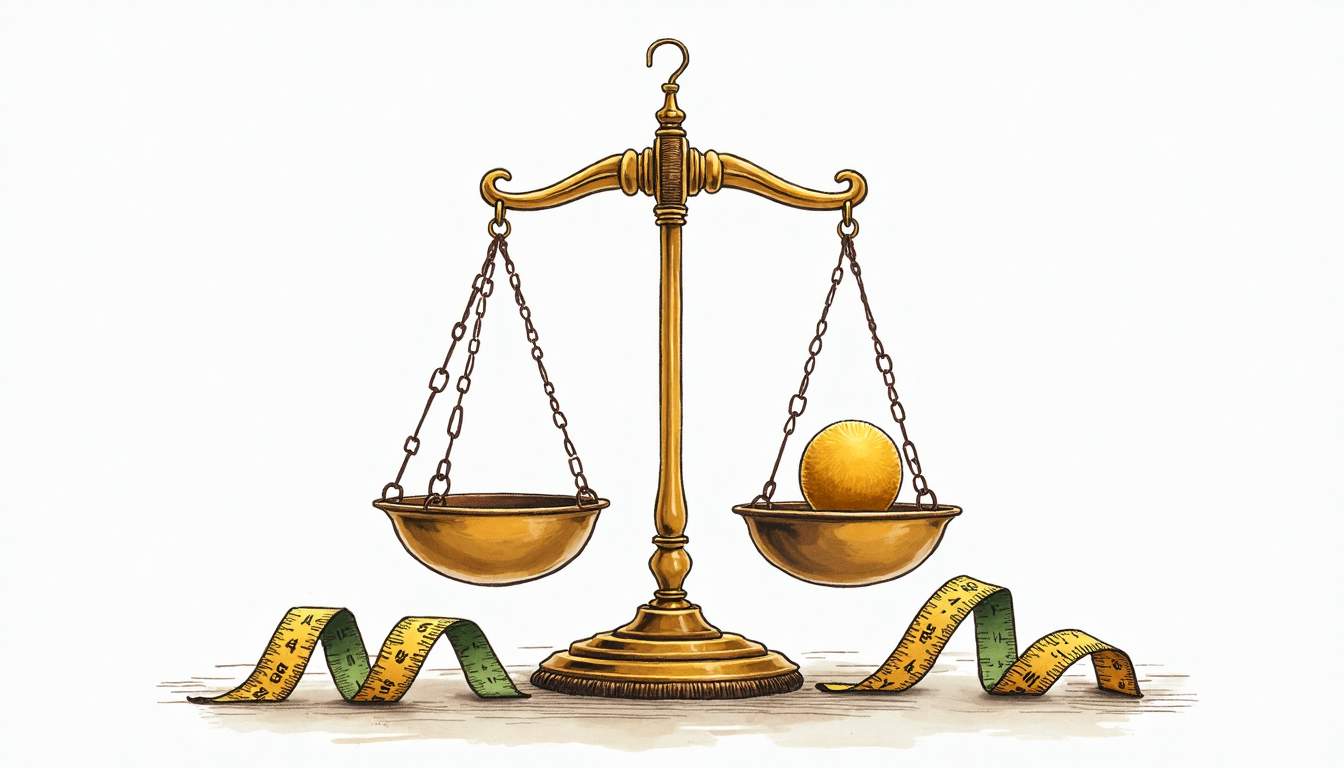
How to Properly Calibrate Your Weighing Scale for Accurate Results
Accurate measurements are crucial in various fields, from cooking and baking to scientific research and health monitoring. A weighing scale that is not properly calibrated can lead to significant discrepancies in results. This article will guide you through the steps needed to calibrate your weighing scale effectively, ensuring that you achieve precise measurements every time.
Understanding the Importance of Calibration
Calibration is the process of adjusting a measuring instrument to ensure its accuracy. This is particularly important for weighing scales, as even minor inaccuracies can lead to substantial errors in weight measurement. Whether you are using a digital or mechanical scale, regular calibration is essential for maintaining its reliability.
Why Calibration Matters
Inaccurate readings can have serious consequences. For instance, in the culinary world, a miscalibrated scale can ruin a recipe, leading to food that is either undercooked or overcooked. In healthcare, incorrect weight measurements can affect medication dosages and overall patient care. Thus, understanding why calibration is necessary is the first step toward ensuring accurate results. Moreover, in industries such as manufacturing and pharmaceuticals, precise measurements are critical for compliance with regulatory standards. A small error in weight can lead to significant financial losses, product recalls, or even legal ramifications. Therefore, scale calibration not only safeguards quality but also protects the integrity of businesses and their reputations something that Scales 4 U helps ensure with their professional services.
Common Causes of Scale Inaccuracy
Several factors can contribute to the inaccuracy of a weighing scale. Environmental conditions, such as temperature and humidity, can affect the scale’s performance. Additionally, wear and tear over time can lead to drift in the scale’s readings. Regular calibration helps mitigate these issues, ensuring that the scale remains reliable. Other common causes of scale inaccuracy include improper handling, such as placing items on the scale unevenly or using the scale on an unstable surface. Even dust and debris can interfere with the scale’s mechanisms, leading to erroneous readings. By understanding these factors, users can take proactive steps to maintain their scales, such as keeping them clean and ensuring they are placed on a level surface, further enhancing their accuracy.
Types of Weighing Scales
Before diving into the calibration process, it’s essential to understand the different types of weighing scales available. Each type may have its own calibration requirements and methods, which can significantly impact the accuracy and reliability of measurements in various applications.

Mechanical Scales
Mechanical scales, also known as analog scales, use a system of springs and levers to measure weight. These scales typically require manual calibration, often involving adjusting a knob or screw to align the needle with the zero mark. Regular checks are necessary to ensure that these scales remain accurate over time. Mechanical scales are often favored in settings where simplicity and reliability are paramount, such as in kitchens or small laboratories. Their robust design means they can withstand rough handling, making them ideal for environments where electronic devices might fail due to dust or moisture.
Digital Scales
Digital scales use electronic sensors to measure weight and display the results on a digital screen. These scales often come with built-in calibration features, making the process easier. However, they still require periodic calibration to account for any drift in accuracy. Digital scales are widely used in both commercial and industrial settings, thanks to their precision and ease of use. Many models offer additional features such as tare functions, which allow users to subtract the weight of containers, and memory functions that can store multiple weights for convenience. Furthermore, advancements in technology have led to the development of smart scales that can sync with mobile devices, providing users with detailed analytics about their weight trends and health metrics over time.
Steps to Calibrate Your Weighing Scale
Calibrating your weighing scale can be a straightforward process if you follow these steps carefully. The specific method may vary slightly depending on the type of scale you have, but the general principles remain the same.
Gather Necessary Tools
Before starting the calibration process, gather the tools you will need. For most scales, a set of calibration weights is essential. These weights should be certified and known to be accurate. If you don’t have access to calibration weights, you can use common household items with known weights, such as bags of flour or sugar. It’s important to note that using household items can introduce some variability, so always try to use the most precise weights available to you. Additionally, if you plan to perform regular calibrations, investing in a set of calibration weights can save you time and ensure accuracy in the long run.
Prepare the Scale
Ensure that the scale is placed on a flat, stable surface. Any unevenness can lead to inaccurate readings. Additionally, make sure the scale is clean and free from debris, as dirt can interfere with the measurement process. If you are using a digital scale, turn it on and allow it to warm up for a few minutes to ensure optimal performance. This warming period is crucial as it allows the internal components to stabilize, which can significantly enhance the accuracy of your readings. Furthermore, check the manufacturer’s instructions for any specific preparation steps that may be unique to your model, as different scales may have different requirements for calibration.
Performing the Calibration
Once your scale is prepared, it’s time to perform the calibration. Begin by placing the calibration weight or household item on the scale and note the reading. Compare this reading to the known weight of the item. If there is a discrepancy, most digital scales have a calibration mode that allows you to adjust the scale to match the known weight. For mechanical scales, you may need to adjust the calibration knob or screw until the scale reads accurately. It’s advisable to repeat this process with multiple weights to ensure consistency across the scale’s range. This step not only verifies the accuracy but also helps identify any potential issues with the scale’s performance.
Calibrating Mechanical Scales
For mechanical scales, calibration typically involves adjusting the scale’s zero point. Here’s how to do it:
Step 1: Zero the Scale
Start by ensuring that the scale reads zero when there is nothing on it. If it does not, locate the adjustment knob or screw, usually found at the back or bottom of the scale. Turn the knob gently until the needle aligns with the zero mark.
Step 2: Use Calibration Weights
Once the scale is zeroed, place a known weight on the scale. Observe the reading and compare it to the actual weight. If the reading is incorrect, adjust the scale using the calibration mechanism until the reading matches the known weight. Repeat this process with different weights to ensure accuracy across the scale’s range.
Calibrating Digital Scales
Digital scales often have a more straightforward calibration process. Follow these steps to ensure accurate readings:

Step 1: Access Calibration Mode
Most digital scales have a calibration mode that can be accessed through a specific button or combination of buttons. Refer to the user manual for your scale to find the exact method for entering calibration mode. This step is crucial, as it prepares the scale for the calibration process.
Step 2: Follow On-Screen Instructions
Once in calibration mode, the scale will typically prompt you to place a known weight on the platform. Follow the on-screen instructions carefully. After placing the weight, the scale will automatically adjust to ensure accurate readings. It may require you to repeat this step with additional weights to confirm accuracy across its range.
Testing the Calibration
After calibrating your scale, it is essential to test its accuracy. This step ensures that the calibration process was successful and that the scale is providing reliable measurements.
Using Known Weights
Place several known weights on the scale, starting with the lowest weight and gradually increasing to the highest. Check the readings against the actual weights. If the readings are consistent and accurate, your calibration has been successful. If not, repeat the calibration process as needed.
Regular Maintenance
Calibration is not a one-time task. To maintain accuracy, it is advisable to calibrate your scale regularly. The frequency of calibration can depend on how often the scale is used and the conditions in which it is kept. For scales used in professional settings, daily calibration may be necessary, while home scales might only need calibration every few months.
Signs That Your Scale Needs Calibration
Even with regular maintenance, there are signs that may indicate your scale requires recalibration. Being aware of these signs can help you catch inaccuracies before they lead to significant errors.
Inconsistent Readings
If your scale provides different readings for the same weight, it is a clear indication that recalibration is needed. Inconsistent results can arise from various factors, including environmental changes or mechanical wear.
Physical Damage
Any physical damage to the scale, such as a drop or exposure to moisture, can affect its accuracy. If the scale has been subjected to any such conditions, it is advisable to recalibrate it before relying on its measurements.
Conclusion
Proper calibration of your weighing scale is essential for achieving accurate results, whether in the kitchen, laboratory, or healthcare setting. By understanding the importance of calibration, following the steps outlined in this article, and regularly testing your scale, you can ensure that your measurements are reliable and trustworthy.

In summary, calibration is a crucial part of using any weighing scale. By taking the time to calibrate correctly, users can avoid costly mistakes and ensure that their measurements are as precise as possible. Make calibration a regular part of your routine, and enjoy the peace of mind that comes with accurate measurements.
Additional Resources
For those looking to deepen their understanding of weighing scales and calibration techniques, consider exploring the following resources:
Books and Manuals
Look for books focused on measurement techniques and calibration practices. Many manufacturers also provide detailed manuals that include calibration procedures specific to their scales.
Online Tutorials
Numerous online platforms offer video tutorials that visually demonstrate the calibration process for various types of scales. These can be particularly helpful for visual learners.
Professional Calibration Services
If you are using a high-precision scale in a professional setting, consider enlisting the help of a professional calibration service. These services can ensure that your equipment meets industry standards and regulations.
By investing time and effort into calibrating your weighing scale, you are taking a crucial step toward ensuring accuracy and reliability in your measurements. Whether for personal use or professional applications, a well-calibrated scale is an invaluable tool.